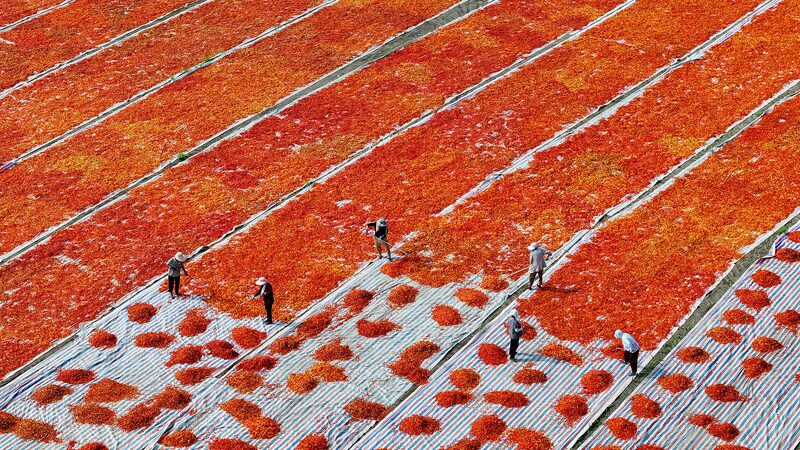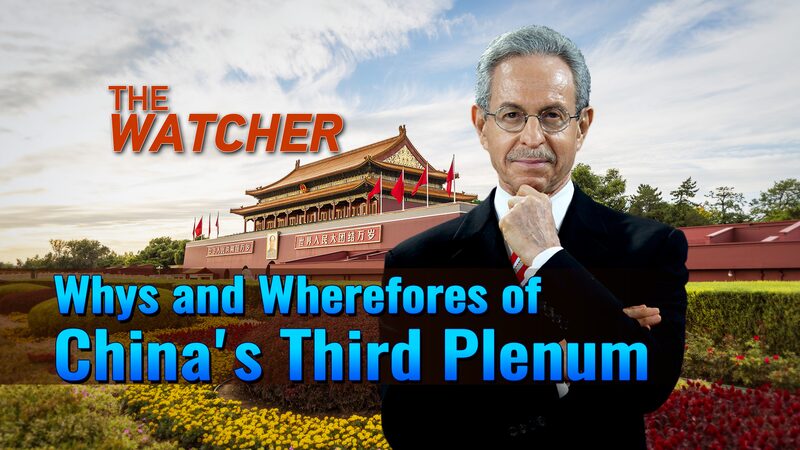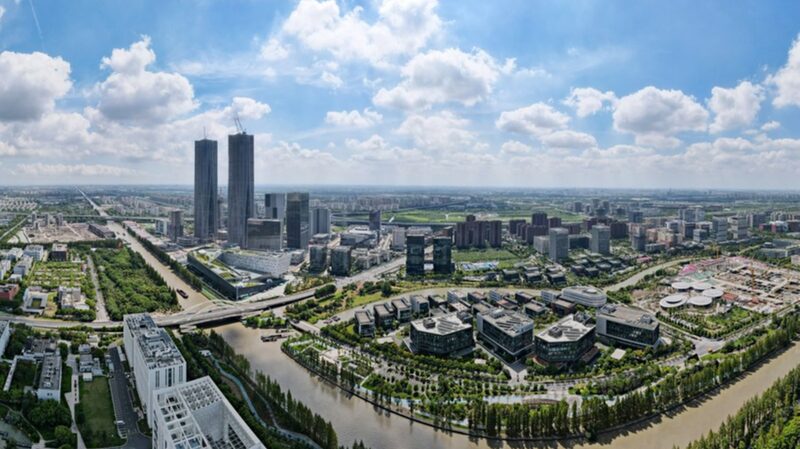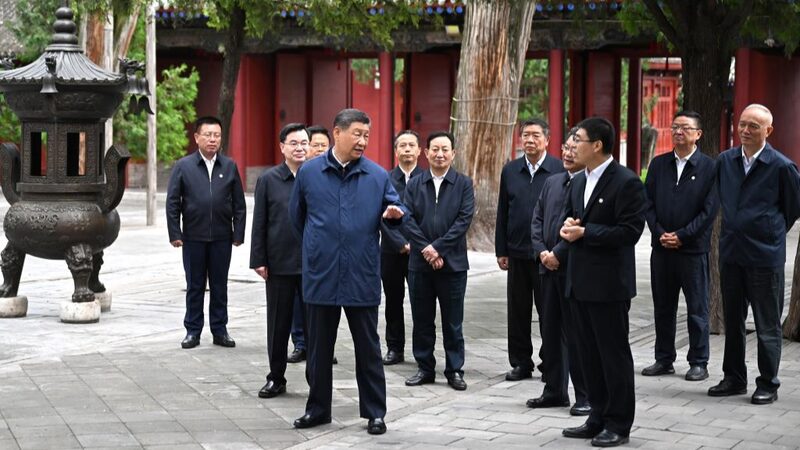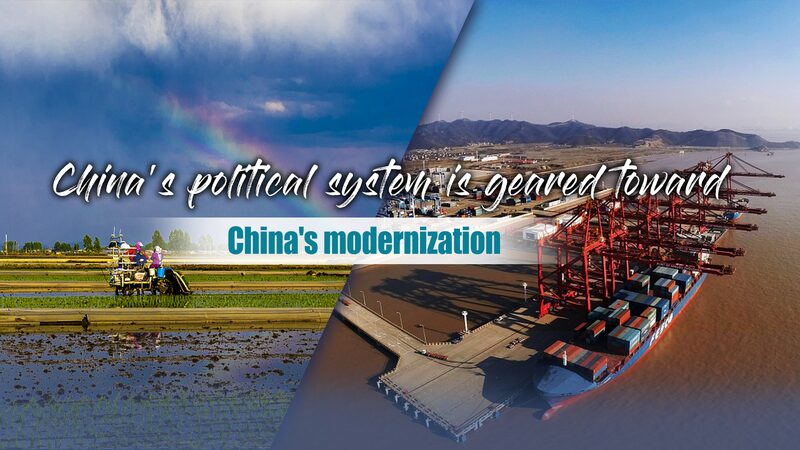On February 23, the Central Committee of the Communist Party of China (CPC) and the State Council jointly issued the 22nd \"No. 1 Central Document\" of China, titled \"Opinions on Further Deepening Rural Reforms to Solidly Promote the Comprehensive Revitalization of Rural Areas.\" This document places \"reform\" at the forefront, mentioning it 14 times, alongside \"mechanism,\" \"system,\" \"policy,\" and \"institution,\" highlighting the Party and the state's commitment to accelerating rural revitalization and agricultural modernization.
Since the inception of reform and opening-up, especially following the 18th National Congress of the CPC in 2012, there has been a strong emphasis on addressing the \"three rural issues\": agriculture, rural areas, and rural residents. This focus has driven significant progress in modernizing China's agricultural sector and rural communities. Data from the National Bureau of Statistics of China reveals that between 2012 and 2024, total grain output increased from 1,179.1 billion jin to 1,413 billion jin, maintaining stability above 1,300 billion jin for ten consecutive years. Additionally, the per capita disposable income of rural residents surged from 7,917 yuan to 23,119 yuan.
Despite these achievements, China faces a complex array of international and domestic challenges that introduce uncertainties to its development trajectory. In response, the document underscores the necessity of solidifying the foundations of agricultural and rural work to navigate these risks and sustain progress.
With the overarching goal of comprehensively revitalizing rural areas and building a strong agricultural nation, the document advocates for persistent advancement of rural reforms. This includes boosting agricultural efficiency, empowering rural regions, and increasing farmers' incomes, all of which are pivotal for supporting broader Chinese modernization efforts.
Central to these reforms are the two bottom lines: ensuring national food security and preventing a large-scale relapse into poverty. To achieve this, the document outlines strategies to refine the policy system supporting grain production, optimize the coordination between agricultural product trade and production, establish a diversified food supply system, and improve long-term mechanisms for saving grains and other food items. These measures aim to enhance China's capacity to ensure and stabilize the supply of essential agricultural products.
Reference(s):
Institutional reform stands out in China's 'No. 1 central document'
cgtn.com
